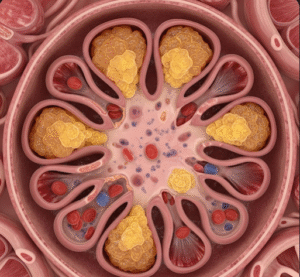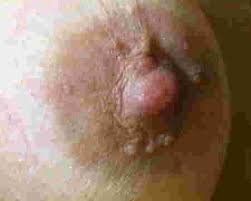Overview
Congenital heart disease (CHD) refers to structural or functional problems with the heart present at birth. These defects can range from simple issues that cause no symptoms to complex malformations that require immediate intervention. CHD is one of the most common birth defects worldwide. In Korea, advanced prenatal screening, neonatal care, and pediatric cardiology services ensure early detection and effective treatment, significantly improving outcomes and survival rates.
What is Congenital Heart Disease?
Congenital heart disease includes any defect in the heart’s structure or major blood vessels that develops during fetal life. It can involve the heart walls, valves, arteries, or veins. CHD can be classified into:
- Cyanotic CHD: defects causing low oxygen levels (e.g., Tetralogy of Fallot, transposition of the great arteries).
- Acyanotic CHD: defects not causing low oxygen levels (e.g., atrial septal defect, ventricular septal defect, patent ductus arteriosus).
Symptoms
- Rapid breathing or difficulty breathing
- Blue or grayish tint to skin, lips, or nails (cyanosis)
- Poor feeding or difficulty gaining weight
- Fatigue or excessive sweating during feeding
- Swelling in legs, abdomen, or around the eyes
- Heart murmur detected during examination
- In severe cases, heart failure or shock in newborns
Causes
- Genetic or chromosomal abnormalities (e.g., Down syndrome)
- Maternal illnesses during pregnancy (e.g., diabetes, rubella)
- Exposure to certain medications or toxins during pregnancy
- Family history of congenital heart defects
- Unknown factors (many cases have no clear cause)
Risk Factors
- Family history of CHD
- Maternal conditions such as diabetes, obesity, or infections
- Maternal smoking, alcohol use, or drug exposure
- Use of certain medications (e.g., anti-seizure drugs, isotretinoin) during pregnancy
- Advanced maternal age
Complications
- Heart failure
- Growth and developmental delays
- Pulmonary hypertension
- Arrhythmias (irregular heart rhythms)
- Stroke or blood clots
- Increased risk of endocarditis (infection of the heart lining)
- Need for repeated surgeries or long-term cardiac care
Prevention
- Pre-pregnancy counseling and genetic screening if there is a family history
- Adequate prenatal care and maternal screening
- Vaccinations for rubella and other infections before pregnancy
- Avoidance of harmful medications, alcohol, and smoking during pregnancy
- Managing maternal health conditions like diabetes or thyroid disease
Treatment Options in Korea
Korea offers state-of-the-art facilities and expertise for diagnosing and treating CHD:
- Screening and Diagnosis
- Prenatal ultrasound and fetal echocardiography
- Postnatal echocardiography, chest X-rays, ECG, and cardiac MRI
- Genetic testing when indicated
- Medical Treatment
- Medications to manage symptoms (diuretics, ACE inhibitors, beta-blockers)
- Prostaglandin therapy for duct-dependent lesions in newborns
- Surgical and Interventional Treatment
- Catheter-based interventions (e.g., balloon atrial septostomy, device closure)
- Open-heart surgeries for complex defects (e.g., repair of Tetralogy of Fallot, arterial switch operation)
- Heart transplantation in severe, unrepairable cases
- Monitoring and Long-Term Care
- Regular follow-up with pediatric cardiologists
- Growth and developmental monitoring
- Transition to adult congenital heart disease care centers
- Cardiac rehabilitation and lifestyle counseling













